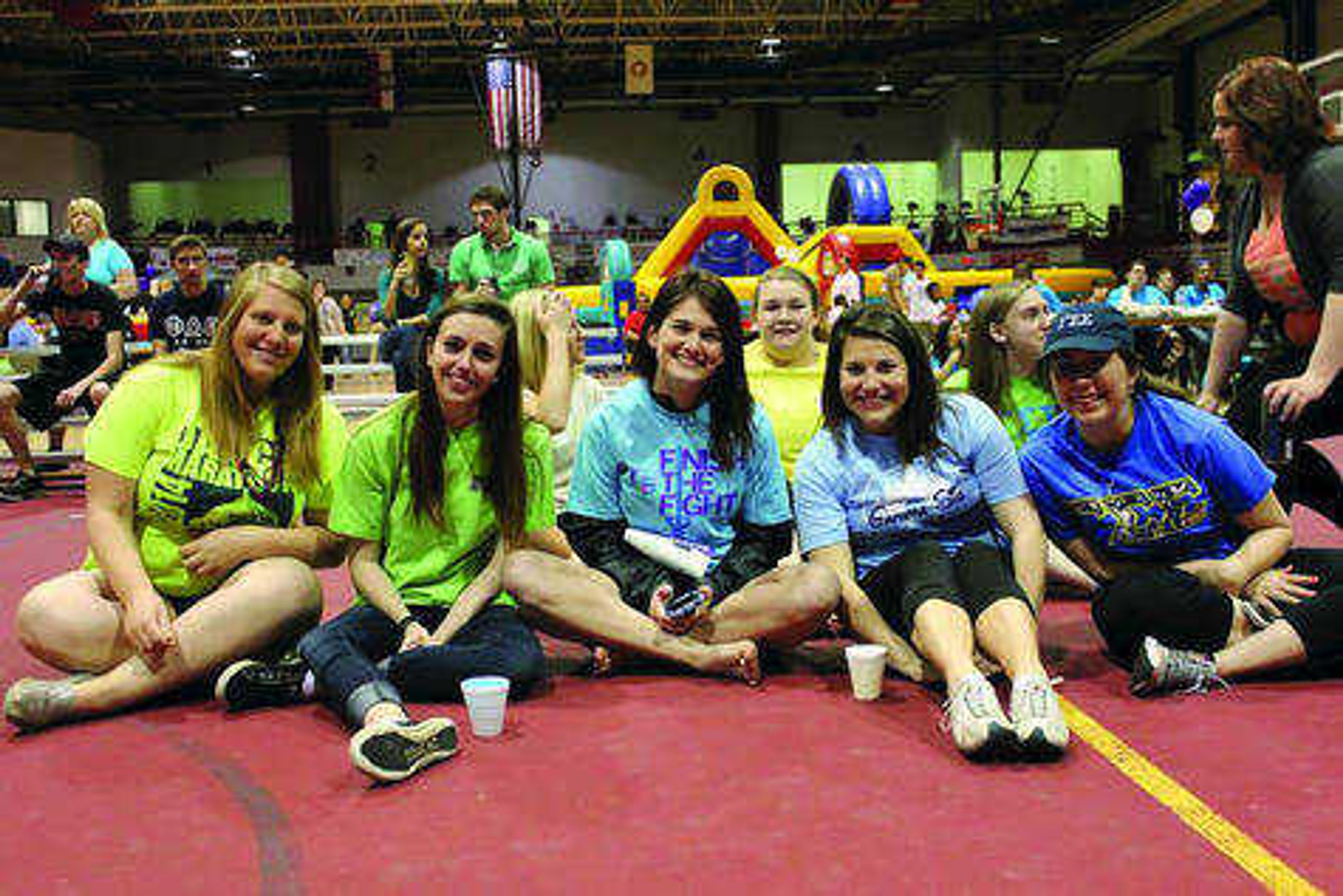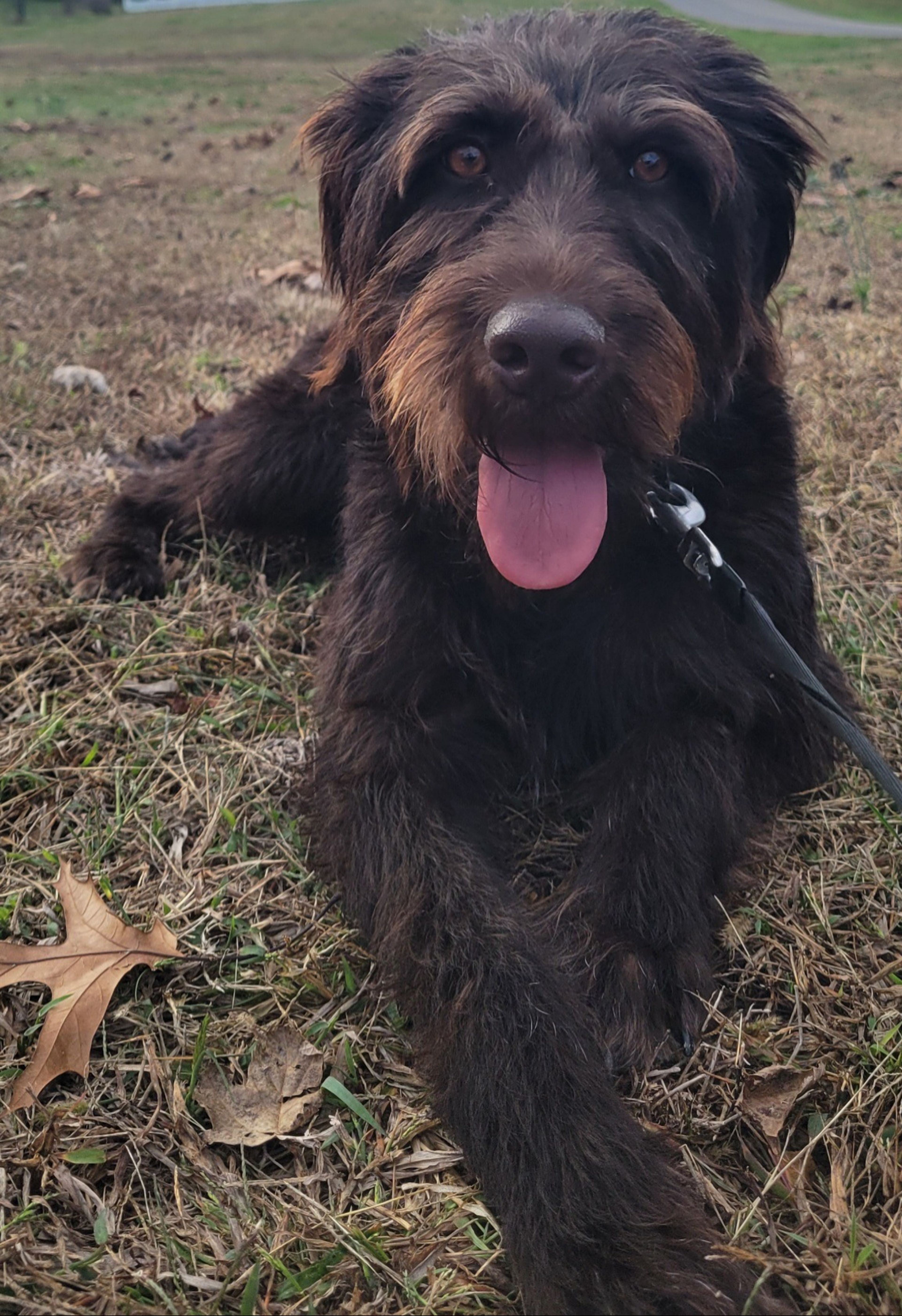Relay For Life Raises Over $11,000
For a second year in a row Southeast Missouri State University students aimed to make a real difference in the fight against cancer. With over $11,000 raised, this year's Relay For Life donations will contribute to both research and aiding patients that are currently fighting the disease.
For a second year in a row Southeast Missouri State University students aimed to make a real difference in the fight against cancer. With over $11,000 raised, this year's Relay For Life donations will contribute to both research and aiding patients that are currently fighting the disease.
Created in 1985 by Dr. Gordy Klatt Relay For Life has always had one clear goal; to help in the fight against cancer. Klatt walked and ran for 24 hours around a track in Tacoma, Washington and managed to raise $27,000. He then donated the money raised to the American Cancer Society. One year later, 340 supporters joined the overnight events and since then Relay For Life has raised nearly five billion dollars to help fight back against cancer.
Events are held nationwide and last 12 hours. During this time participant's walk around a track all while eating and socializing. During the event there are three ceremonies that take place -- the survivors lap, luminaria ceremony, and finally the fight back ceremony. The survivors lap kicks off the Relay with cancer survivors walking around the track and getting cheered on by the other participants who line the track. During this time the caregivers, who give both their time and love to those afflicted with cancer are also honored.
Soon after the sun sets the luminaria ceremony takes place. Small candles are lit and put in white bags lined along the track. This is the time when the people who have lost their battle to cancer or may still be fighting are honored. The fight back ceremony is considered an "emotionally powerful" one according to Relay For Life's website. It aims to inspire Relay participants to take action and fight back against cancer.
Gamma Sigma Sigma team member, Robin Shanahan thought the ceremonies were bittersweet.
"There's a time when you got to light your luminates and so that was like a happy and sad time I think. It was happy in the time that you for those who you know have survived it. You're able to light the candle for them that they're still living, but for those who had died because of cancer is a sad time to remember them and just thinking about what they went through. There are a couple girls in my sorority who walked for their moms so I know for them it was a sad time," Shanahan said.
Each ceremony brings with it many emotions for participants, but according to event chair Mary McKee though there are sad moments Relay For Life is actually a lot of fun.
"It's a really good cause. Cancer is a very big deal in our community right now and it's something that needs to be looked at as a high priority I think. So the more people that come out the more awareness is spread and it's a fun event so it's not super serious, but it is fun," McKee said.
This year's Relay had 23 teams and 205 participants. The service sorority Gamma Sigma Sigma raised the most money for the fundraising event with a total of almost $2,000. Shanahan is positive that she will participate in next year's Relay after the success of this year's.
"I was unsure what Relay For Life was last year and after I went like last year I realized how like how impactful it was and I think this year with my grandma being diagnosed it just meant a lot more to me that like that I was there and I was actually seeing someone go through the process.. it made it more real."




